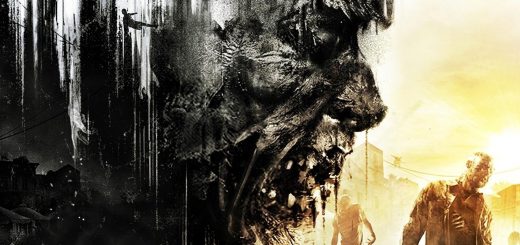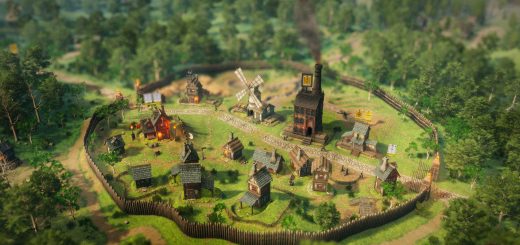Like A Dragon: Ishin! review – both a Yakuza greatest hits and a somewhat dated remake
After Ryu Ga Gotoku Studio overhauled the series’ formula with Yakuza: Like a Dragon by giving us an open world, turn-based JRPG with a new protagonist in a new location, Like a Dragon: Ishin would appear to be the next logical step forward. After all, it takes the subtitle of the previous game (a literal translation of its Japanese title), gives us another different location, and, like an increasing number of games from Japanese developers, swaps out its proprietary Dragon Engine for Unreal. In practice, though, it’s actually a case of looking back and fulfilling a near-decade long request from fans in the West.
Like a Dragon: Ishin! review
- Developer: Ryu Ga Gotoku Studio
- Publisher: Sega
- Platform: Played on PS5
- Availability: Out 21 Feb on PS5, PS4, Xbox Series X/S, Xbox One, PC (Steam, Windows)
Set during the turbulent Bakumatsu period in 1860s Japan, in the twilight of the ruling Shogunate, Ishin first released on PS3 and PS4 in 2014 but, thanks to the series’ niche status and the idiosyncrasies of the period, had always been deemed unlikely to ever be localised for audiences outside of Japan. Yet if there was ever a samurai game that would connect with Western audiences, surely it would be one set in a period when Japan began trading with Western nations and ending its long period of self-isolation.
For newcomers, this is also as good an entry point as Yakuza 0, despite being located in 19th century Kyoto (then known as Kyo) rather than the usual urban grit of contemporary Tokyo. That’s largely because all the series’ characters are still here, only with different names, essentially playing different roles in a costume drama, so you don’t need to be familiar with their history.
Longtime fans can however appreciate what’s essentially a greatest hits roster, as it’s not just long-time protagonist Kiryu as samurai and historical figure Sakomoto Ryoma (following the Japanese tradition where the given name comes after the family name). Familiar faces return from just about every single mainline instalment, including the likenesses of some characters that appeared in entries released after Ishin’s initial release.
Unlike Like a Dragon’s turn-based battles, Ishin is a return to real-time brawling, only instead of using just his fists, Ryoma’s also armed with a katana and pistol, or both at once, and you can swap between each fighting style with the tap of the d-pad. There is however a strange dissonance in playing a character with the face of Kiryu, a stoic protagonist who canonically doesn’t kill, but who regularly runs his blade through hundreds of street ruffians and spills buckets of blood – even if you’ll usually see those enemies alive and grovelling at your feet afterwards.


